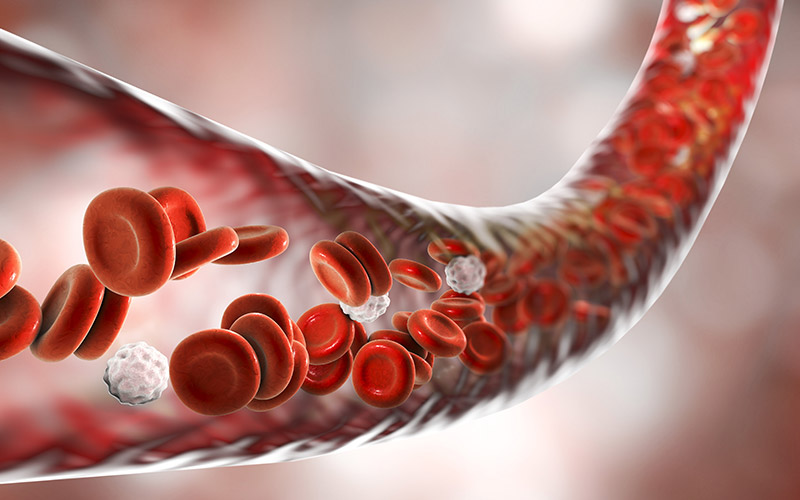
Blood Flow Restriction (BFR) training is a modality used to briefly occlude arterial and venous blood flow. The blood flow is occluded by a tourniquet cuff set at a specific percentage pressure relative to the individual’s total limb occlusion. BFR has shown to enhance muscle strength, endurance, hypertrophy, and can even serve as a pain analgesic. As a clinician, I use BFR most with my post-op patients, specifically ACL repairs. In the early stages of rehab for an ACL repair, the patient is under load restrictions for bodyweight exercises. BFR is a great way to enhance the muscle strength needed to progress in this rehab process. The idea is to perform exercises at 20-30% of the 1-rep max, but with the occlusion, the body is challenged by the submaximal loads. Muscle strength and hypertrophy can be enhanced in the early stages of rehab thus optimizing the progression to the next phase of exercise, typically without the post-operative knee brace.
Blood Flow Restriction not only enhances early stage strength and hypertrophy but also facilitates increased vascularity and blood flow beyond the tourniquet site. Ultimately that enhances aerobic function such as distance running. With the BFR tourniquet temporarily occluding venous blood flow the cells swell and downregulate hormones responsible for scar tissue formation. Therefore performing BFR on postoperative patients can enhance their postoperative function with less scar tissue inhibiting their mobility.
Furthermore, patients that have been immobilized can be treated with BFR in a passive manner prior to progressing to exercises with movement. The passive treatment consists of 100% occlusion which promotes cell swelling, thereby improving the muscle cells’ ability to undergo protein synthesis. This increases growth hormone production, leading to improved collagen synthesis for soft tissue healing. This is a great way to acclimate the individual to BFR prior to progressing to either endurance exercises or resistance training.

